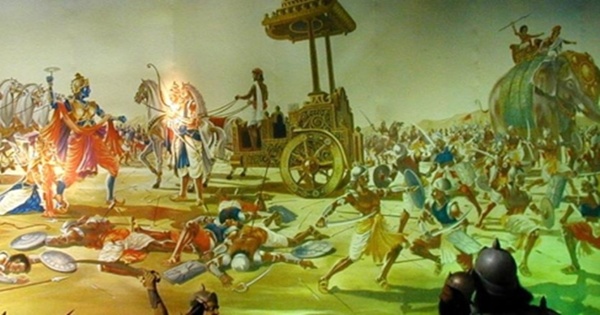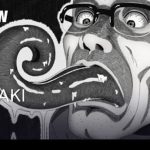Physical Address
304 North Cardinal St.
Dorchester Center, MA 02124
Physical Address
304 North Cardinal St.
Dorchester Center, MA 02124

The Mahabharata, one of the two major Sanskrit epics of ancient India, alongside the Ramayana, holds a pivotal place in Hindu culture and literature. Composed by the sage Vyasa, this epic narrative covers the Kurukshetra War and the fates of the Kaurava and the Pandava princes. Its philosophical depth and narrative complexity have inspired countless studies and interpretations over the centuries.
Despite its significance, one of the most debated aspects of the Mahabharata is its historical timeline. Determining when the events described in the Mahabharata actually took place has been a subject of curiosity and scholarly research for many years. This article delves into the various perspectives and research findings that attempt to pinpoint the era during which the Mahabharata events might have occurred.
The Mahabharata was primarily compiled between the 3rd century BCE and the 3rd century CE. The oldest parts of the text are believed to date back to around 400 BCE. However, the epic reached its final form by the early Gupta period, around the 4th century CE. The Mahabharata is not just a single work but a compilation of various stories and texts, which include philosophical discussions and devotional material.
The epic is traditionally ascribed to Vyasa, who is said to have dictated it to Lord Ganesha. The narrative structure of the Mahabharata is a complex interweaving of different stories, with the main story being recited by a sage at the court of a king, and then again by a professional storyteller. This layered narration adds to the epic’s richness and depth, making it a monumental work in the Indian literary tradition.
The exact historical timeline of the Mahabharata is difficult to determine. The events of the Kurukshetra War, central to the narrative, are traditionally placed in a period that might correspond to the later part of what is known as the Vedic age. Some scholars suggest that the war could have taken place around the 10th century BCE, based on astronomical data and genealogical studies provided in the text itself.
Archaeological evidence, such as the presence of Painted Grey Ware (PGW) at sites associated with the Mahabharata across the north Indian plains, suggests a cultural backdrop that could date from around 1200 to 800 BCE. This aligns with the time when the Kuru kingdom, central to the Mahabharata’s narrative, was a major political force in northern India.
Astronomical references within the Mahabharata have been analyzed to propose dates for the Kurukshetra War. Some researchers, using planetary positions and other celestial events mentioned in the text, have suggested dates that range from the 4th millennium BCE to around the 2nd millennium BCE. However, these interpretations are speculative and depend heavily on the accuracy and the context of the astronomical data within the epic.
Literary sources and inscriptions from ancient India also provide clues about the Mahabharata’s timeline. For instance, references to the Mahabharata in the Ashvalayana Grihyasutra and the writings of Panini, the ancient Sanskrit grammarian, suggest that the text was known and influential by the 4th century BCE.
Modern scholars continue to debate the dating of the Mahabharata. While some suggest a more mythological interpretation of the events, others seek historical cores that align with archaeological and textual evidence. The discussion is complicated by the epic’s development over centuries and its incorporation of various strands of tradition and folklore.
The Mahabharata’s impact on Indian culture is profound, influencing religious thought, art, and performance across millennia. Its historical dating, while interesting, does not diminish its cultural and spiritual significance. Whether viewed as a historical document or a mythological epic, the Mahabharata remains a cornerstone of Hindu literature.
The dating of the Mahabharata is not just an academic question but also a cultural inquiry into the roots of one of India’s greatest literary and religious works. While the exact dates may remain a topic of research and debate, the epic’s rich narrative and philosophical depth continue to inspire and instruct millions around the world.



